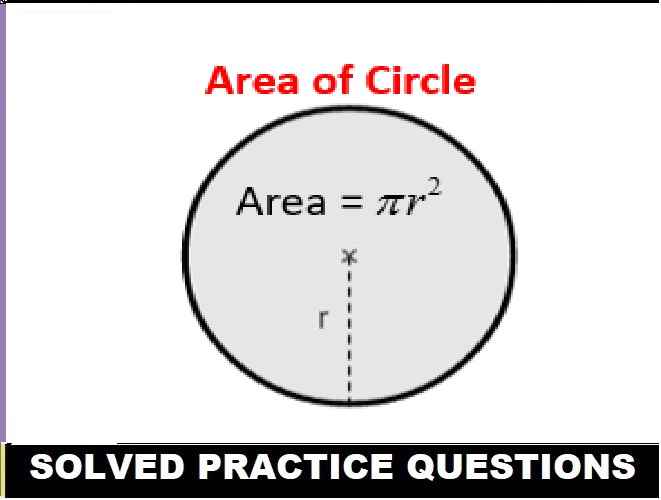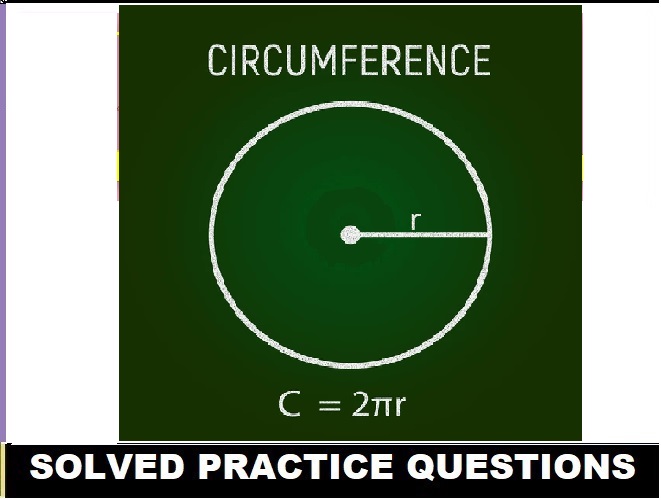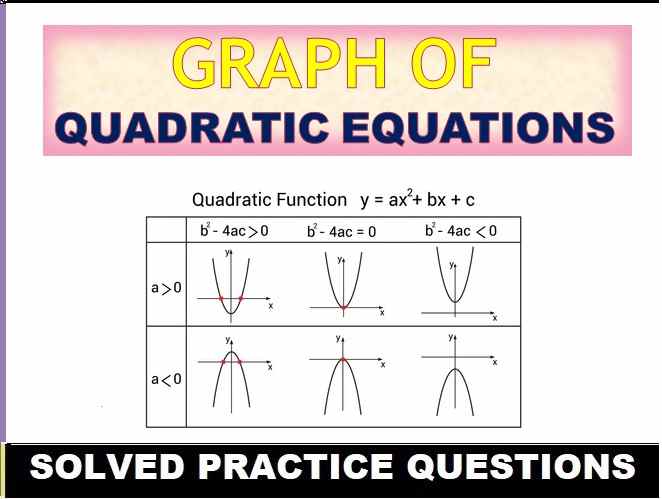OP Malhotra Class-11 Correlation Analysis S.Chand ISC Maths Solution Chapter-29. Step by step Solutions of OP Malhotra S.Chand ISC Class-11 Mathematics with Exe-29 (a), 29 (b), With Chapter Test. Visit official Website CISCE for detail information about ISC Board Class-12 Mathematics.
OP Malhotra Class-11 Correlation Analysis S.Chand ISC Maths Solution
| Class: | 11th |
| Subject: | Mathematics |
| Chapter : | Ch-29 Correlation Analysis of Section -C |
| Board | ISC |
| Writer | OP Malhotra |
| Publications | S.Chand Publications 2020-21 |
–: Select Topics :-
OP Malhotra Class-11 Correlation Analysis S.Chand ISC Maths Solution
Correlation in Statistics
This section shows how to calculate and interpret correlation coefficients for ordinal and interval level scales. Methods of correlation summarize the relationship between two variables in a single number called the correlation coefficient. The correlation coefficient is usually represented using the symbol r, and it ranges from -1 to +1.
A correlation coefficient quite close to 0, but either positive or negative, implies little or no relationship between the two variables. A correlation coefficient close to plus 1 means a positive relationship between the two variables, with increases in one of the variables being associated with increases in the other variable.
A correlation coefficient close to -1 indicates a negative relationship between two variables, with an increase in one of the variables being associated with a decrease in the other variable. A correlation coefficient can be produced for ordinal, interval or ratio level variables, but has little meaning for variables which are measured on a scale which is no more than nominal.
Correlation Coefficient
The correlation coefficient, r, is a summary measure that describes the extent of the statistical relationship between two interval or ratio level variables. The correlation coefficient is scaled so that it is always between -1 and +1. When r is close to 0 this means that there is little relationship between the variables and the farther away from 0 r is, in either the positive or negative direction, the greater the relationship between the two variables.
The two variables are often given the symbols X and Y. In order to illustrate how the two variables are related, the values of X and Y are pictured by drawing the scatter diagram, graphing combinations of the two variables. The scatter diagram is given first, and then the method of determining Pearson’s r is presented. From the following examples, relatively small sample sizes are given. Later, data from larger samples are given.
Scatter Diagram
A scatter diagram is a diagram that shows the values of two variables X and Y, along with the way in which these two variables relate to each other. The values of variable X are given along the horizontal axis, with the values of the variable Y given on the vertical axis.
Later, when the regression model is used, one of the variables is defined as an independent variable, and the other is defined as a dependent variable. In regression, the independent variable X is considered to have some effect or influence on the dependent variable Y. Correlation methods are symmetric with respect to the two variables, with no indication of causation or direction of influence being part of the statistical consideration. A scatter diagram is given in the following example. The same example is later used to determine the correlation coefficient.
Types of Correlation
The scatter plot explains the correlation between the two attributes or variables. It represents how closely the two variables are connected. There can be three such situations to see the relation between the two variables –
- Positive Correlation – when the value of one variable increases with respect to another.
- Negative Correlation – when the value of one variable decreases with respect to another.
- No Correlation – when there is no linear dependence or no relation between the two variables.
Exe-29 (a)
OP Malhotra Class-11 Correlation Analysis S.Chand ISC Maths Solution
Page 29-12 to 29-14
Question 1:
update soon..
Question 2:
update soon..
Question 3:
calculate Karl Pearson’s coefficient of correlation between the value of x and y the following data comment on the value of r.
……………………..
……………………..
……………………..
Question 18:
Show that Pearson’s coefficient of correlation between -1 and +1 .
……………..
Exe-29 (b)
OP Malhotra Class-11 Correlation Analysis S.Chand ISC Maths Solution
Page 29-23 to 29-24
Question 1:
The mark obtained by nine student in physics and mathematics are given below:
………………
Question 2:
…………………..
………………….
……………………
Question 9:
The following table gives the record of height of …………….. to the nearest cm:
…………………..
………………….
calculate the ……………. comment on result.
Chapter Test
OP Malhotra Class-11 Correlation Analysis S.Chand ISC Maths Solution
Page 29-27
Question 1:
Find the coefficient of correlation from the following pair of observation :
…………………..
Question 2:
In a contest the competitor wear a warded marks ……………. rank correlation.
……………………..
-: End of Correlation Analysis Solution :-
Return to :- OP Malhotra S. Chand ISC Class-11 Maths Solutions
Thanks
Please share with your friends


